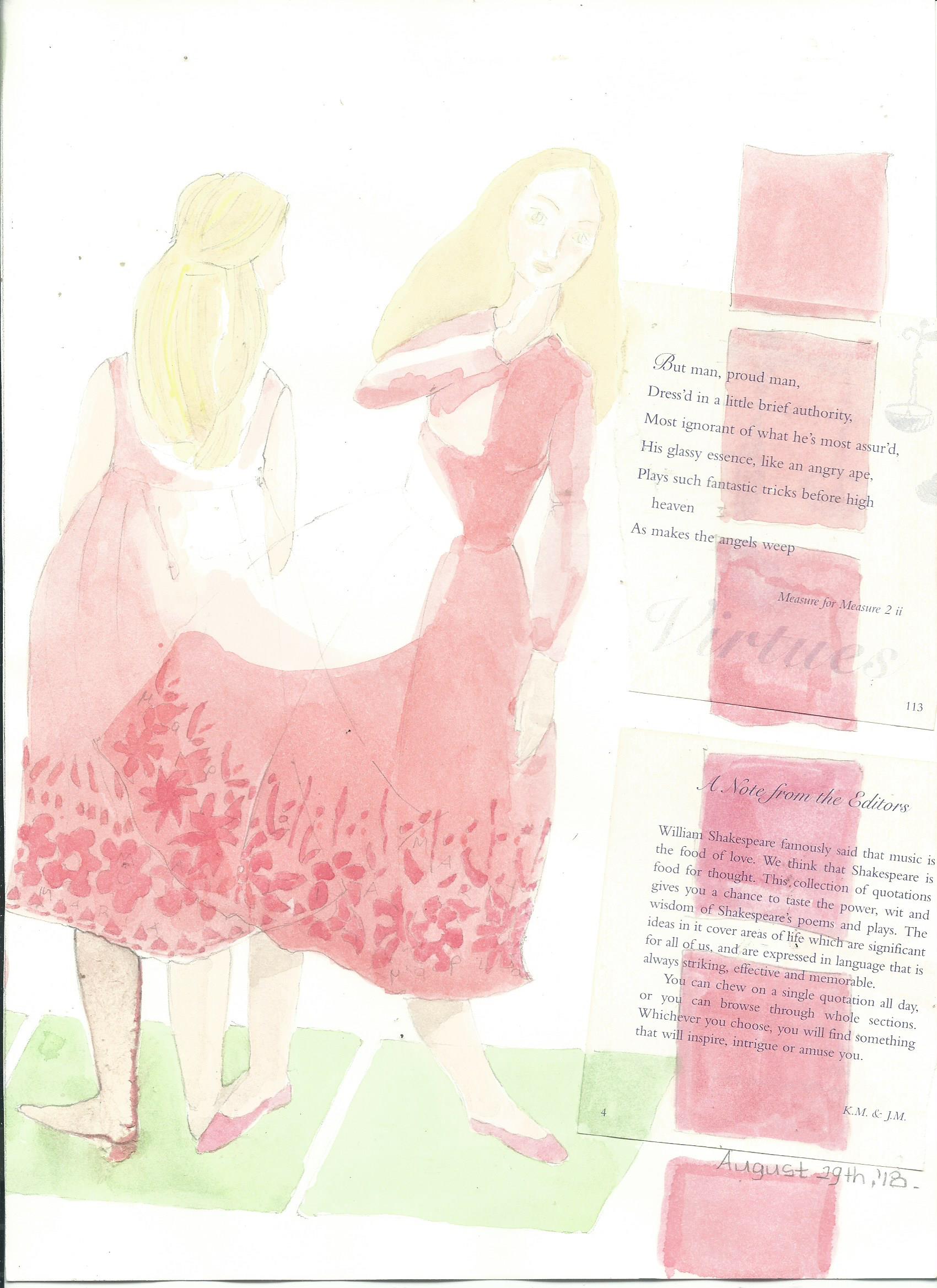
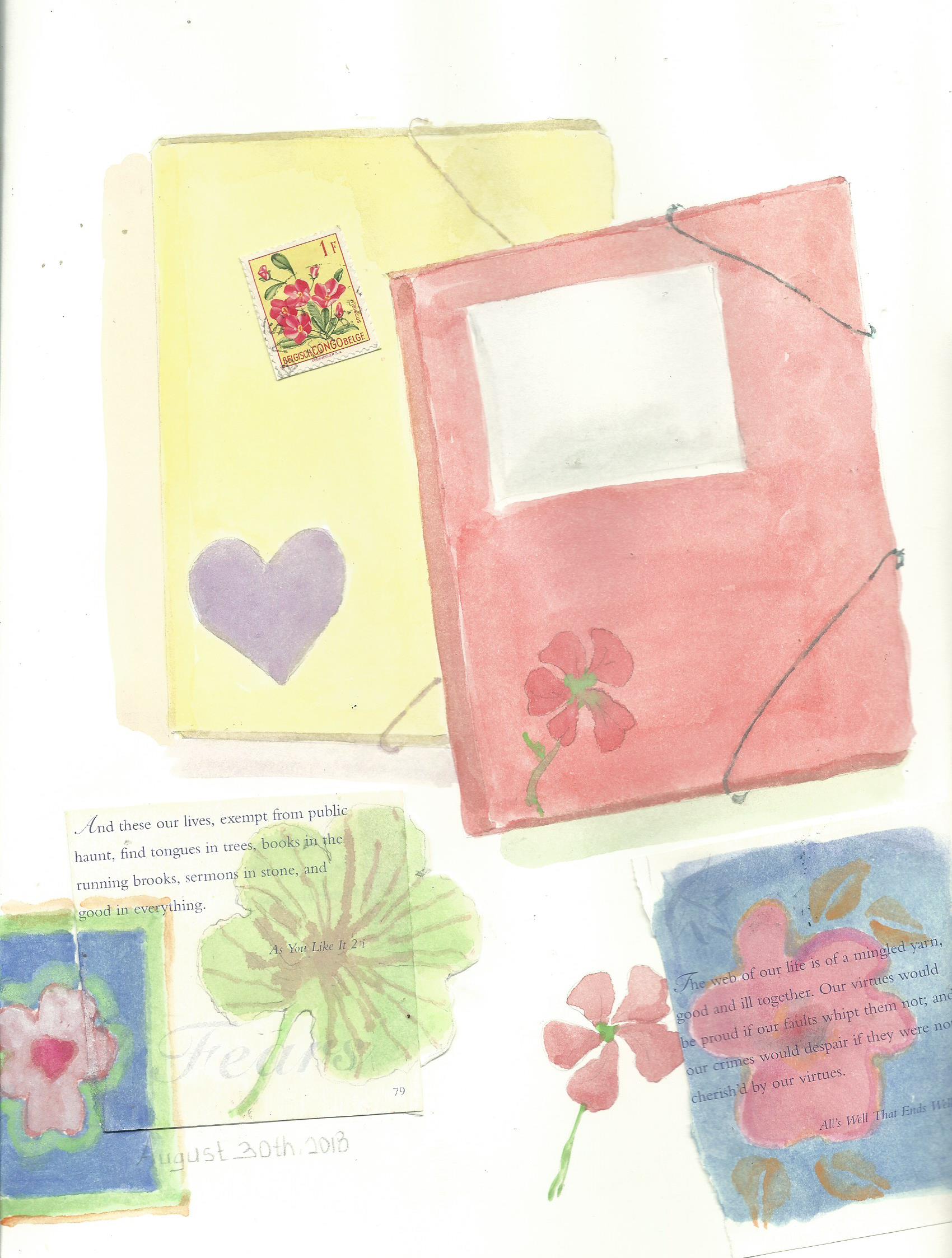 A PROCESS: ART JOURNALING
A PROCESS: ART JOURNALING
Every day is a journey, and the journey itself is home (haiku by Matsuo Basho)
…. that intricate shrub
of nerves, veins, arteries—
myself—uncurls
its knotted leaves
to the shining air….. (by Charles Reznikoff
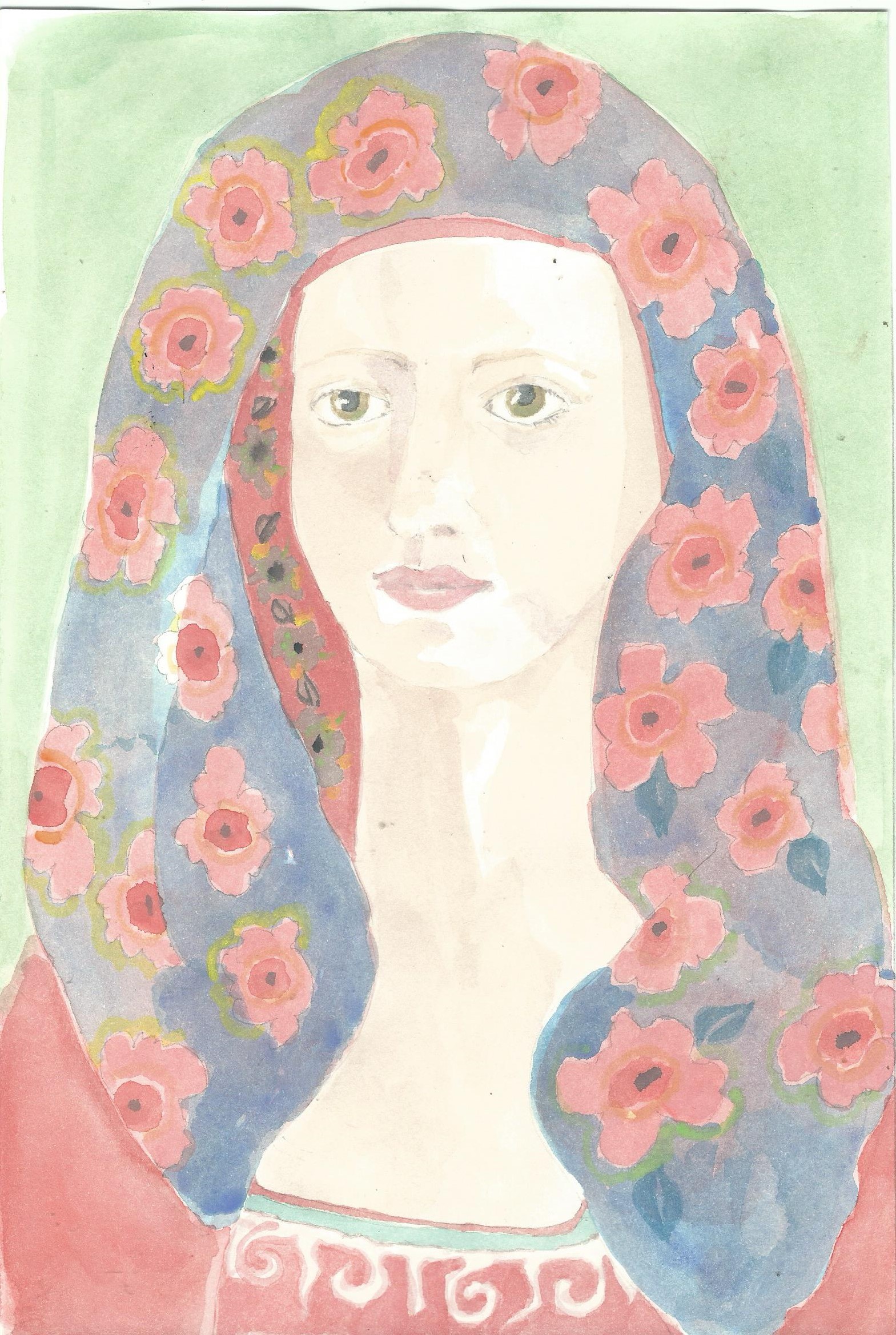
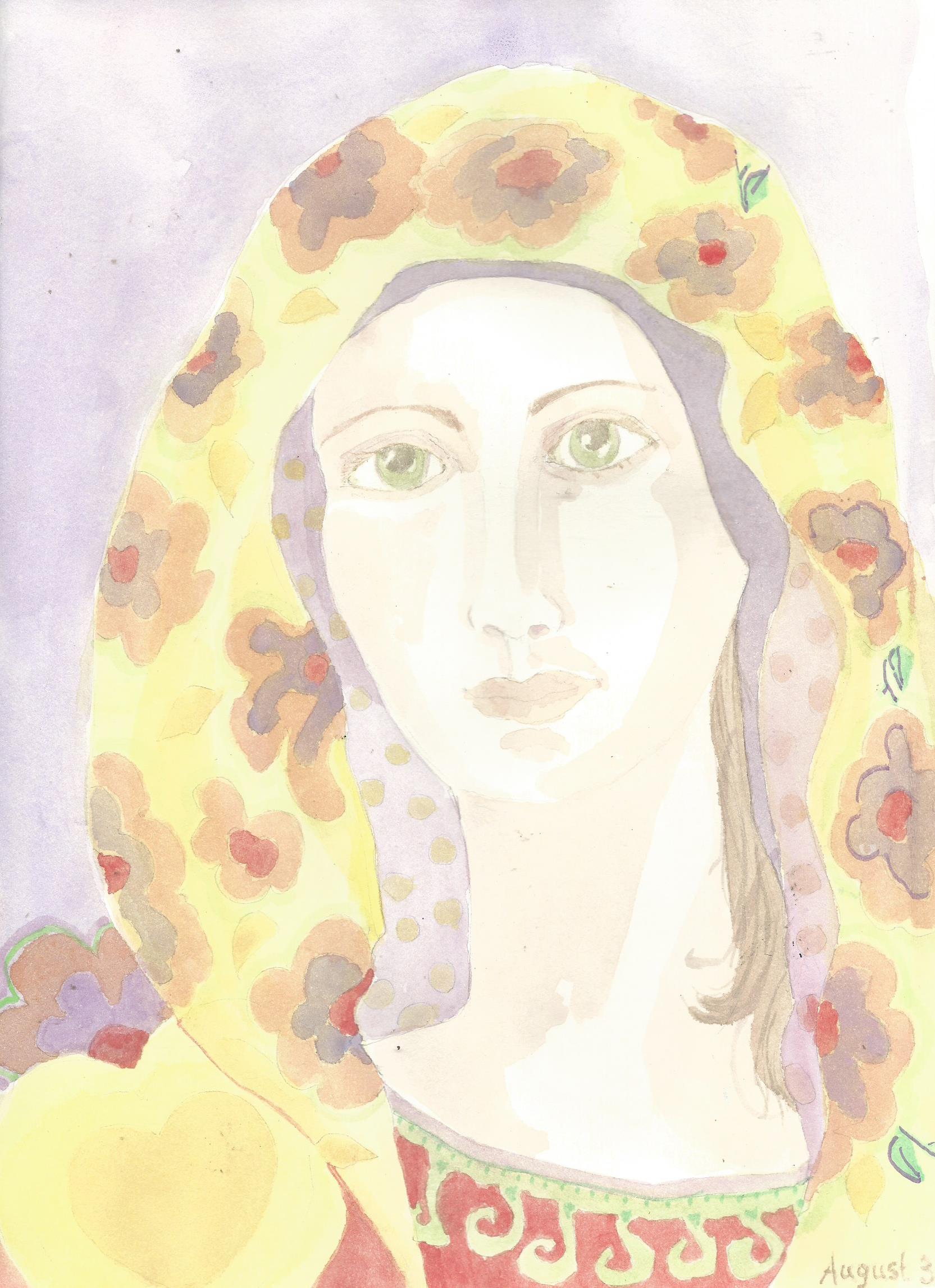

 A PROCESS: ART JOURNALING
A PROCESS: ART JOURNALING
Every day is a journey, and the journey itself is home (haiku by Matsuo Basho)
…. that intricate shrub
of nerves, veins, arteries—
myself—uncurls
its knotted leaves
to the shining air….. (by Charles Reznikoff


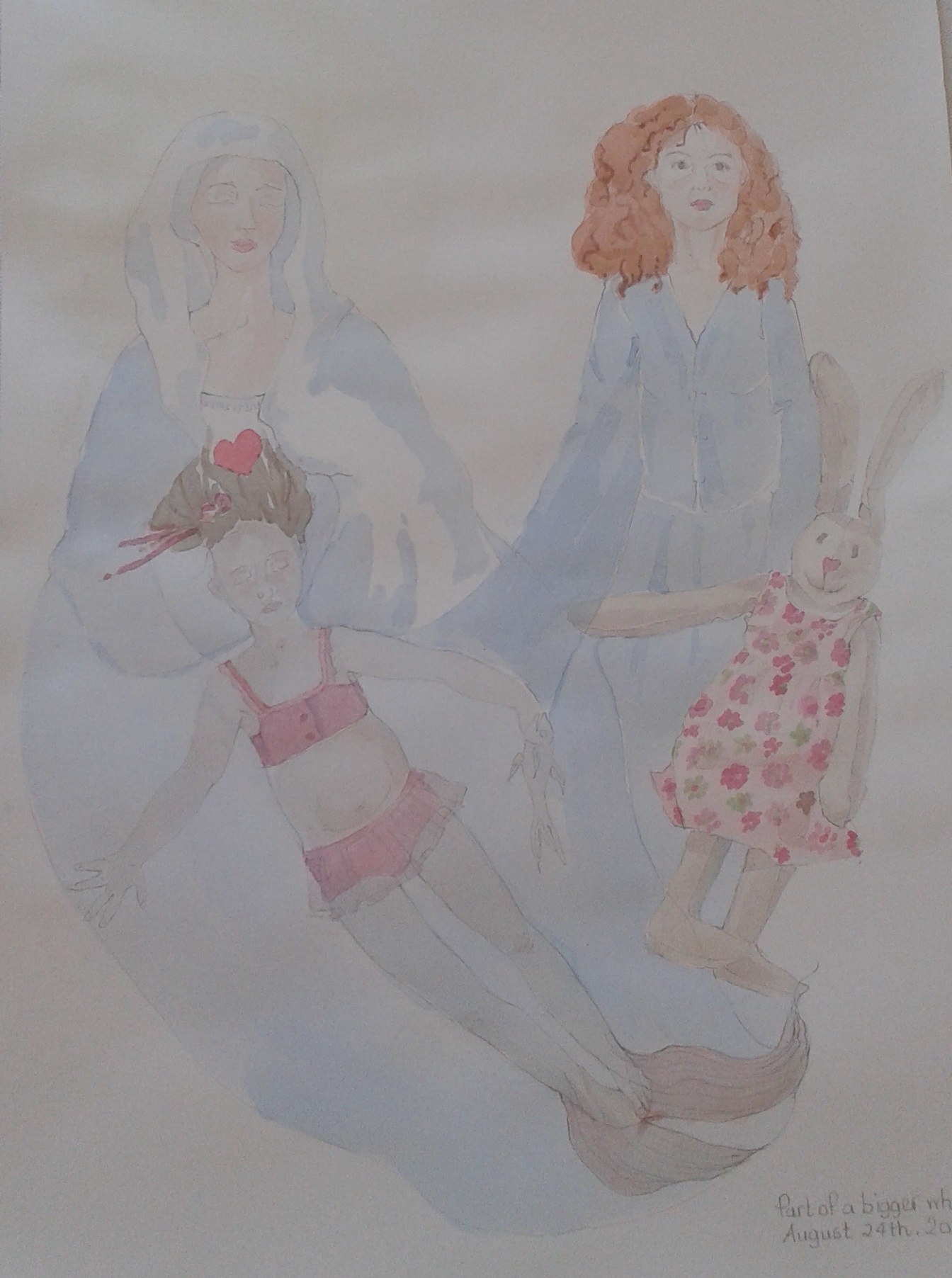
I have written elsewhere on the significance of the various art material and media when creating art or when engaging with art journaling. I will not go into it now, but water colours and other paints allow for a different process to unfold in comparison to charcoal, crayons and pencils, which allow for more control of the process of creating. Additionally, as I use water colours to art journal I realise that the media itself is linked to both earlier and deeper aspects of experience and memory, as if the liquid and transparent media reflect the fluidity and transparency of my experience and allow me to go all the way back to the uterus and to my original blueprint perhaps. Anyway, in my very early years I had a beach accident and the use of water colours brought up neglected spiritual aspects of the event. Ultimately, the deeper we explore our traumas and accidents, and life experiences in general, the more in touch we get with our spiritual essence or aspect of self.
Sort of relevant
I am sharing a poignant passage from the novel A Tale for the Time Being by Ruth Ozeki. I heard about it in a podcast I listened to by Gretchen Rubin, who says that in the novel, Nao, who’s a teenage girl in Japan, is very worried about several serious problems, and she’s reflecting on a conversation she’d had with her great-grandmother, who is a Buddhist nun:
It’s the cold fish dying in your stomach feeling. You try to forget about it, but as soon as you do, the fish starts flopping around under your heart and reminds you that something truly horrible is happening.
[Great-grandmother] Jiko felt like that when she learned that her only son was going to be killed in the war. I know, because I told her about the fish in my stomach, and she said she knew exactly what I was talking about, and that she had a fish, too, for many years. In fact, she said she had lots of fishes, some that were small like sardines, some that were medium-sized like carp, and other ones that were as big as a bluefin tuna, but the biggest fish of all belonged to Haruki, and it was more like the size of a whale. She also said that after she became a nun and renounced the world, she learned how to open up her heart so that the whale could swim away’.
And a short piece form a longer text that Rick Hanson has written in his Just One Thing series this week with the title Get Out Of The War.
‘By “war” I mean here a mindset, not combat between nations with tanks and bombs. The “war” I’m referring to is an attitude of conflict and animosity toward a person, object, or condition. Parents can feel at war with a misbehaving teenager, and certainly vice versa. Neighbors quarreling over a fence. Spouses edging toward divorce; divorced parents continuing to battle over holidays. Someone stuck in traffic, at war with other drivers. Ideologues reviling the other side. Kicking the chair after stubbing a toe against it.
The summer when I was 16, I worked as a camp counselor beside the Pacific Ocean, and there was a lot of skin diving (without scuba gear) into the forests of kelp. One time I foolishly swam into a thicket of kelp, thinking there was clear water just on the other side, but there was only more seaweed, with thick orangish leaves and long strong vines reaching up from the seabed below. I was trapped, running out of air, and began to panic. I battled the kelp, thrashing and jerking, which only wrapped it more tightly around me. After I don’t know how long, a clarity came over me and my war with the kelp ended. My diving mask was around my throat, my snorkel ripped out of my mouth, and I’d lost a fin. I slowly disentangled myself from the kelp rather than fighting it, working my way upward, finally clearing it, seeing the bright silver surface of the ocean above my head, and rising up to it and then the precious air.
We need to be able to stand up for ourselves, deal with tough things –including nearly drowning – and change what’s wrong and uphold what’s right. But when we do this while also caught in anger like a swimmer caught in kelp, that’s not good for us or others……’
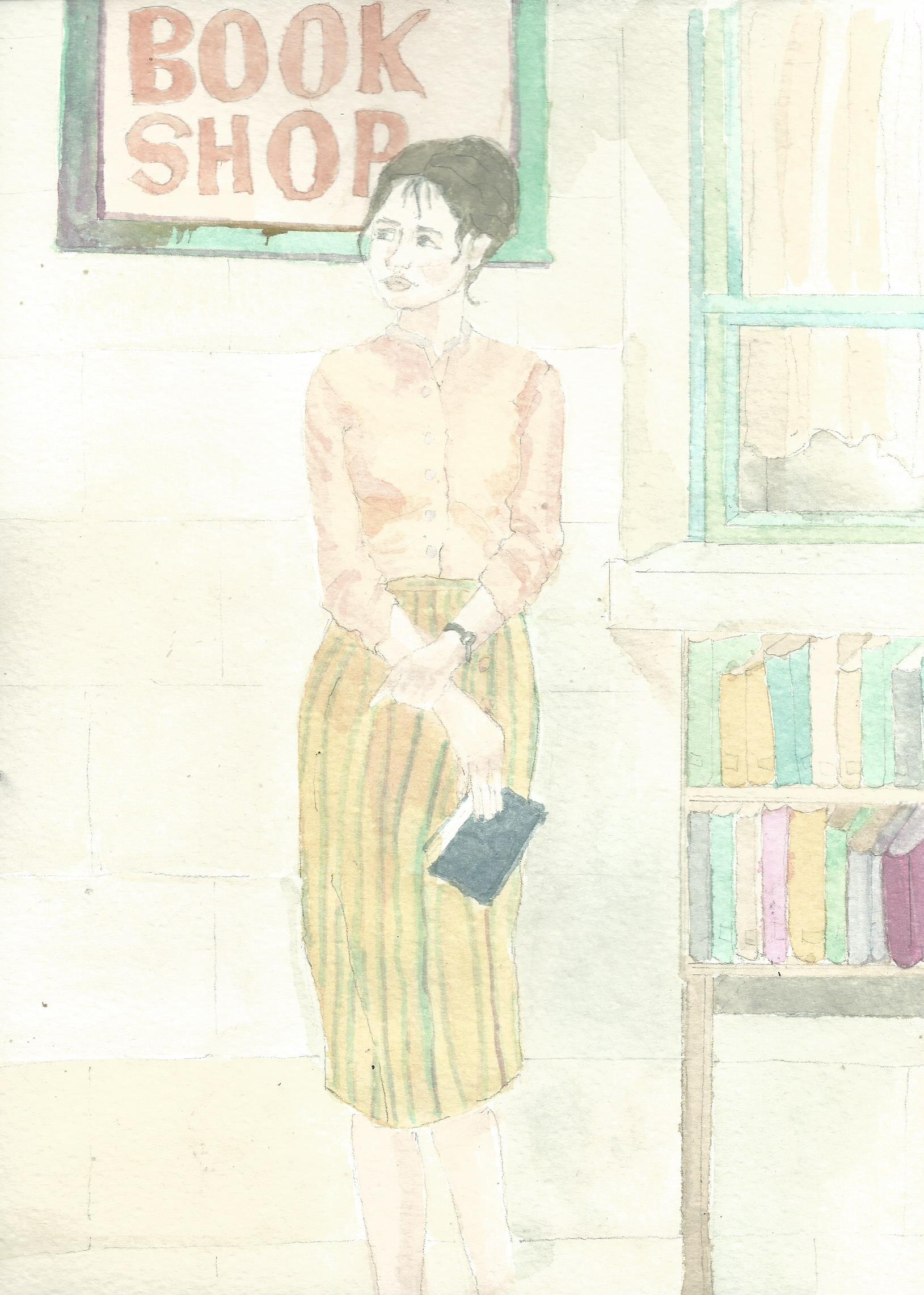 Films and books
Films and books
There’s an open summer cinema here on the island and there’s nothing better than watching a lovely film under the star lit sky surrounded by bouganvillias on a cool summer night. I had been hoping that The Bookshop directed by Isabel Coixet would reach my small corner of the world and it did.
Set in a sleepy late 1950s seaside port, book lover Florence Green (Emily Mortimer), a widow, wakes up one day after years of grief knowing what it is exactly that she wants to do with her life. She posseses integrity, courage and self-belief and her dream is to open a bookshop in a place that has never had a bookshop and most of the villagers don’t like books, except for Mr Brundish (Bill Nighy), who lives a seemingly isolated life. She finally opens her little shop in a run-down property despite fierce opposition. The story is about community politics and broader relational and societal power dynamics. Read more ..